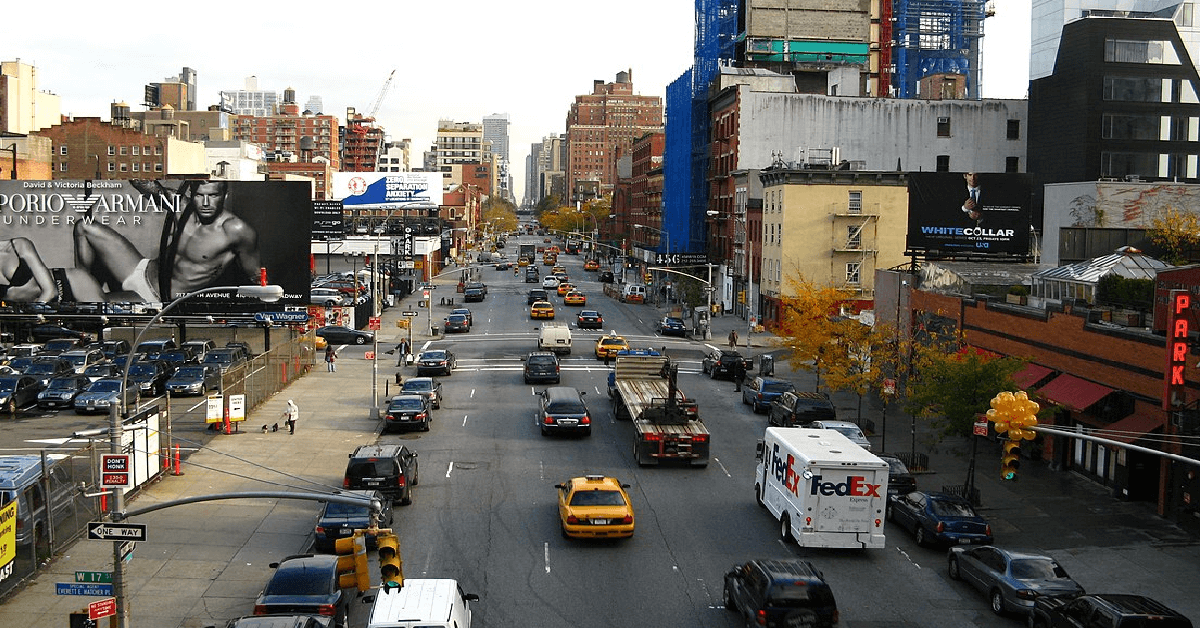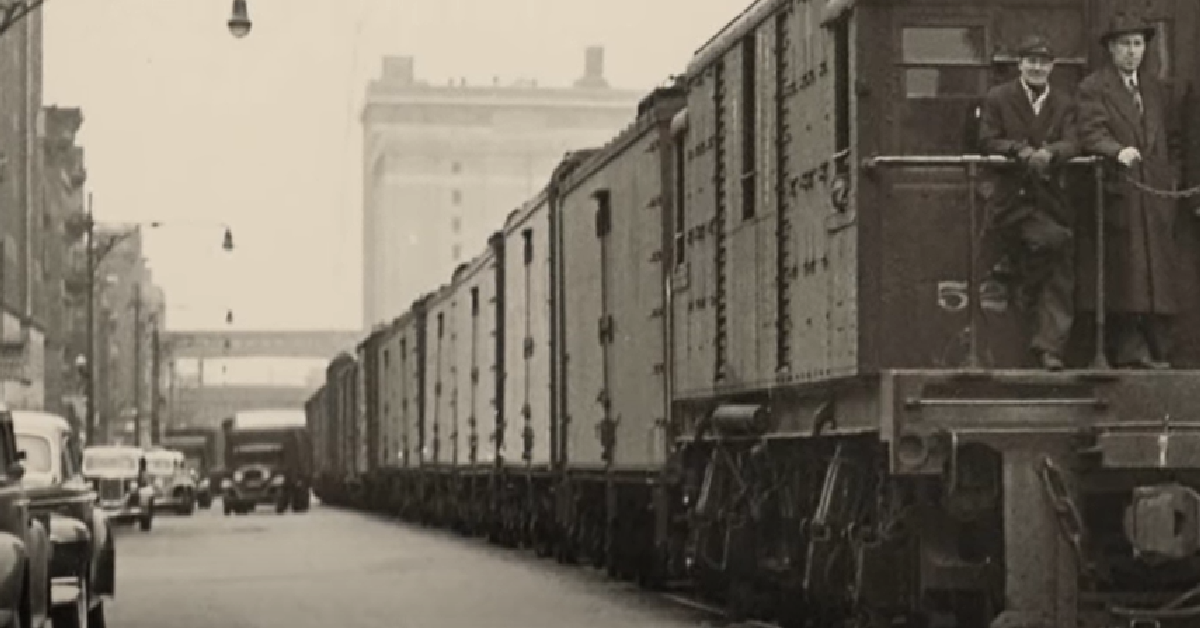The History Behind New York City’s “Death Avenue”
The avenue had a deadly reputation back in the late 19th Century and early 20th Century.
New York City is also known as the city that never sleeps. It’s a well-known metropolitan hub that is its own living organism – always changing, always evolving.
Like any big city, New York never stays the same. The New York that we know today is a far cry from the New York of a hundred or even two hundred years ago.

To give us some insight into just how much the city has grown, the Smithsonian Channel has a series known as Searching for Secrets, in which one of their episodes focuses on the reason why Tenth Avenue in Manhattan had a particular nickname back in the day.
Tenth Avenue was once known as “Death Avenue” in the late 19th Century and early 20th Century – primarily because of the many trains that would run through the center of town.

As explained in the video, “A freight train in the middle of Manhattan? With cowboys riding ahead of it to warn away pedestrians? It’s true–but you have to go all the way back to 1846 for the origins of this ‘Only in New York’ story.”
This was due to the fact that a train line at the far west end of the city was founded in order to better serve the city’s meatpacking factories. It was a different time and place, so there were not the train regulations and standards that would be in place today. As a result, many of these trains were responsible for pedestrian deaths and other accidents.

To try to stem the flow of accidents, the city’s officials hired cowboys from the American West in order to act as directors for traffic. However, this solution was short-lived and eventually, the trains were rerouted in 1933 to overhead tracks. Even those eventually went out of commission as well and were later turned into The High Line elevated park.
Check out part of New York’s history in the video below:
What do you think of the change? Let us know!
SKM: below-content placeholderWhizzco for DOT

